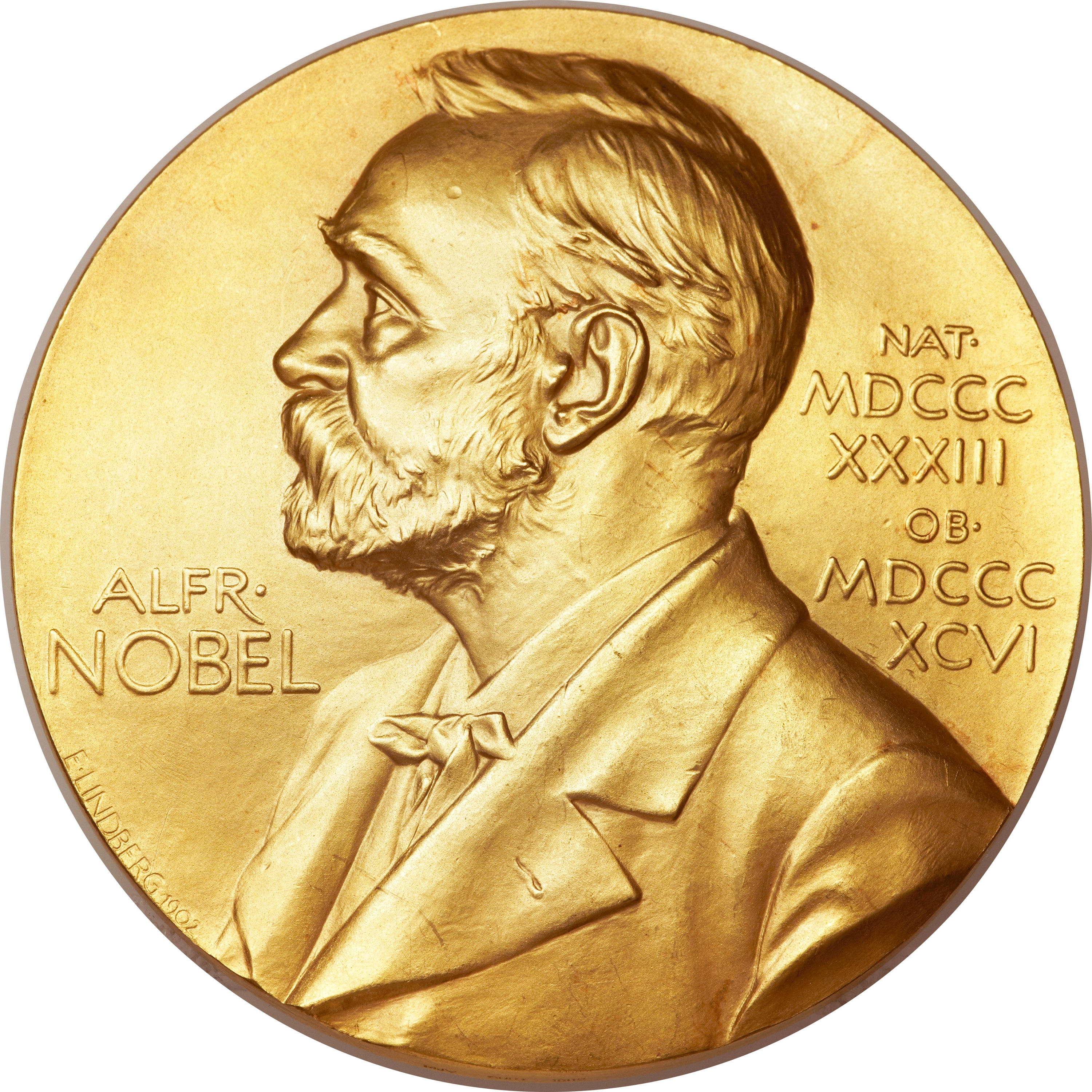In the wake the 2013 Nobel Prize announcements last week, Science Editor, Gavin Kenny explores how the lauded research has affected our day-to-day lives.
With the announcement of the winners of the 2013 Nobel Prizes in Physics, Chemistry, and Physiology/Medicine last week, eight eminent scientists will soon join a truly spectacular list of 550 or so individuals who have shaped their sciences over the past century. One year before his death by a stroke in Italy in 1896, Alfred Nobel penned his will in which he set aside his entire estate to be invested in “safe securities” by his executors.
The interest gained on this colossal sum of money was then to be awarded annually to “those who, during the preceding year, shall have conferred the greatest benefit on mankind”. Some may argue that due to a stipulation in the Statutes of the Nobel Foundation prohibiting posthumous awarding of a Nobel Prize (unless a laureate dies between the announcement of the prize and the awards ceremony the following December), many great minds, who have perhaps had the “greatest benefit” to humankind, have not been rewarded for their troubles. This trend looks set to continue with Nobel Prizes typically still awarded long after the original research takes place i.e. when it becomes obvious just how influential and consequential the work was.
It is, however, difficult to criticise the products of the latest batch of Nobel laureates who have quite clearly been forerunners in their individual disciplines.
Few were surprised by the Royal Swedish Academy of Sciences’ decision to crown Peter W. Higgs and François Englert the newest laureates in physics. The pair of now octogenarians each independently sculpted the theoretical framework for the origin of mass of subatomic particles in 1964. For the 48 subsequent years, the Higgs boson – a particle that originates from “an invisible field that fills up all space” and is responsible for giving other particles their mass – remained elusive. Last summer, however, the long search was rewarded as the Higgs boson was discovered at the Large Hadron Collider at Cern, Switzerland, and it was deemed timely to award Higgs and Englert for their seminal work. But what has the Higgs boson ever done for me other than give me my mass? As of yet, the technological benefits of the discovery of the Higgs boson are not clear but unlike Prof Heinrich Hertz who, in the late 19th century, thought that radio waves were simply “an interesting laboratory experiment” with no “useful purpose” whatsoever, we should be patient with scientific discoveries and allow their uses to become apparent over time.
The day after the announcement of the Nobel Prize in Physics, with the dust barely settled, and the elusive Prof Higgs still away “on holiday without a phone”, as his Edinburgh University physics colleague Alan Walker told the BBC, it was time for the Royal Swedish Academy of Sciences to once again take the pulpit and announce the winners of the Nobel Prize in Chemistry. It was revealed that Martin Karplus, Michael Levitt and Arieh Warshel will this December receive the prestigious Nobel Medal and evenly share the 8m Swedish kronor (SEK) (about €915,000) award for the trio’s 1970s research that paved the way for powerful programs now used to understand and predict chemical processes. This research has had huge implications in the chemical world. According to the prize awarding committee, computer simulations are now “so realistic that they predict the outcome of traditional experiments.” Surpassing traditional experimental chemistry, scientists can now let computers unveil chemical processes, “such as a catalyst’s purification of exhaust fumes or the photosynthesis in green leaves.”
Perhaps most tangible to the layperson is the work carried out by the winners of the Nobel Prize in Physiology/Medicine. The Nobel Assembly at Karolinska Institutet, Sweden, decided to honour James E. Rothman, Randy W. Schekman and Thomas C. Südhof for unravelling just how molecules are transported within and between living cells. The researchers have revealed the “exquisitely precise” system that allows small packages known as vesicles to deliver molecules such as hormones, neurotransmitters and enzymes around to different locations within the cell or to export them out of the cell for transport to elsewhere in the body. A number of neurological and immunological disorders, as well as diabetes, are caused by defective vesicle transport. Understanding the intricacies of this system has undoubtedly propelled our knowledge of these disorders and our ability to treat them.
For these wonderfully diverse and unquestionably paramount discoveries which have perhaps – in the wish of an ailing Alfred Nobel – “conferred the greatest benefit on mankind”, each of 2013’s Nobel Laureates in the sciences will receive their Nobel Medal, Nobel Diploma – a unique work of art, created by foremost Swedish or Norwegian artists and calligraphers – and documents confirming their monetary prize, from the king of Sweden at a ceremony in Stockholm this December. With a now complete CV, all that is left for these individuals to do is practice walking down the stairs into the banquet chamber of Stockholm City Hall, and hopefully not be the first person to trip on that daunting staircase.






